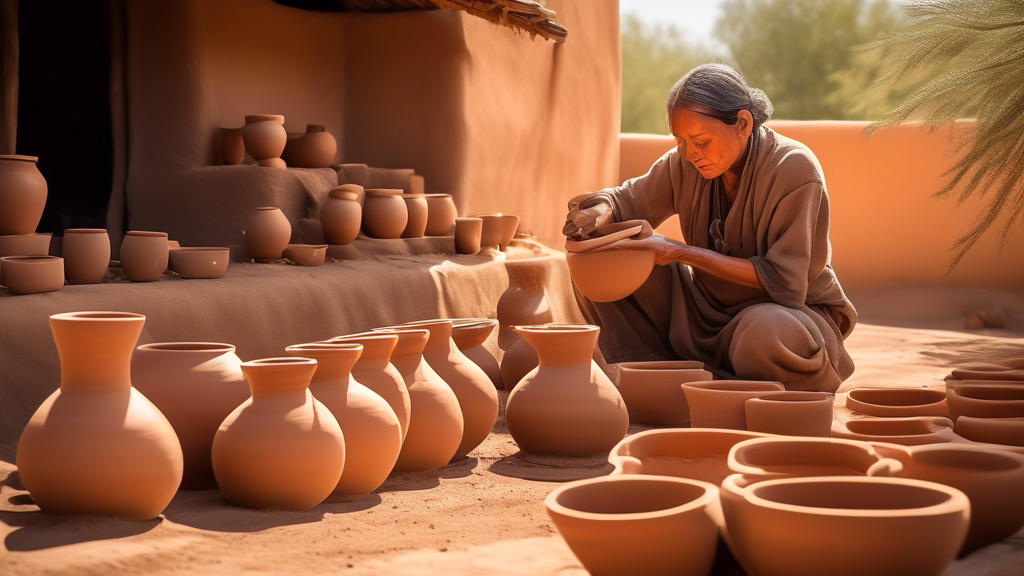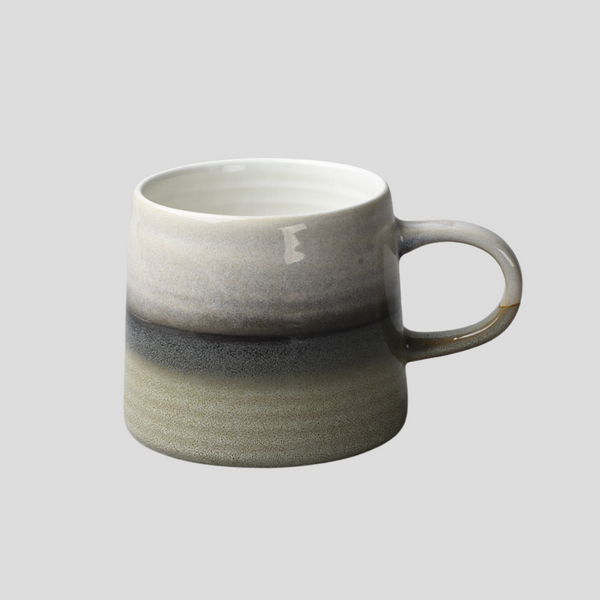
Exploring No-Kiln Pottery Techniques
Exploring No-Kiln Pottery Techniques
Pottery is an ancient art form, deeply rooted in the history and culture of numerous civilizations around the globe. Traditionally, creating pottery involves shaping clay into desirable forms and then hardening them by firing in a kiln. However, not everyone has access to these specialized ovens, leading artists and hobbyists alike to explore and innovate no-kiln pottery techniques. These methods offer a more accessible and often more sustainable approach to pottery, allowing for creativity to flourish without the need for extensive equipment.
Air-Dry Clay
Among the most popular no-kiln pottery techniques is the use of air-dry clay. Unlike traditional clay that requires kiln firing, air-dry clay hardens as it exposes to air over several days. This type of clay is ideal for beginners and those working on small projects or sculptural components. It’s versatile, easy to use, and requires no special tools or equipment beyond what you might already have at home. However, it is important to note that air-dry clay is not as durable as kiln-fired clay and is more susceptible to water damage, making it unsuitable for creating functional items like dishes or vases intended to hold liquid.
Cold Porcelain
Cold porcelain is another no-kiln pottery method that has gained popularity for its fine texture and porcelain-like finish. This DIY clay can be made at home using common ingredients like cornstarch and white glue. The clay air dries to a hard, somewhat flexible state, allowing for the creation of delicate details and intricate designs. Cold porcelain does not shrink as it dries, making it excellent for precise creations. Once dry, it can be painted or varnished to add color and further protect the piece. Though not as strong as traditional porcelain, cold porcelain offers a fantastic medium for creating decorative items and jewelry.
Polymer Clay
Polymer clay is a type of modeling clay based on PVC (polyvinyl chloride) that hardens when baked in a conventional oven at low temperatures, making it a perfect no-kiln solution for pottery enthusiasts. It comes in a variety of colors and can be easily molded and sculpted. Polymer clay is known for its durability and strength after baking, making it suitable for both art pieces and functional items. It’s an excellent medium for beginners and professional artists to experiment with intricate designs, textures, and color blending. One of the benefits of polymer clay is its versatility—after baking, it can be drilled, sanded, and even carved.
Salt Dough
Salt dough is perhaps the most accessible no-kiln pottery technique, requiring only flour, salt, and water to create. This material has been used for centuries for basic sculpting and modeling, particularly for creating decorative objects, ornaments, and children's crafts. While not as durable or refined as other techniques mentioned, salt dough crafts can be air-dried or hardened in a standard oven. Finished pieces can be painted, sealed, and embellished, offering a fun and creative outlet for all ages. Given its simplistic nature, salt dough is a fantastic starting point for those looking to dip their toes into the world of pottery without any commitment to specialized materials or equipment.
No-kiln pottery techniques open up a world of creativity and accessibility in the timeless art of pottery. By exploring these methods, artists and hobbyists can indulge in the joy of creating beautiful, handcrafted pieces without the need for a kiln. Whether you’re drawn to the simplicity of air-dry clays or the versatility of polymer clay, there’s a no-kiln method waiting to transform your artistic visions into tangible art.
Click this link to check out our ceramic artwork!
















































